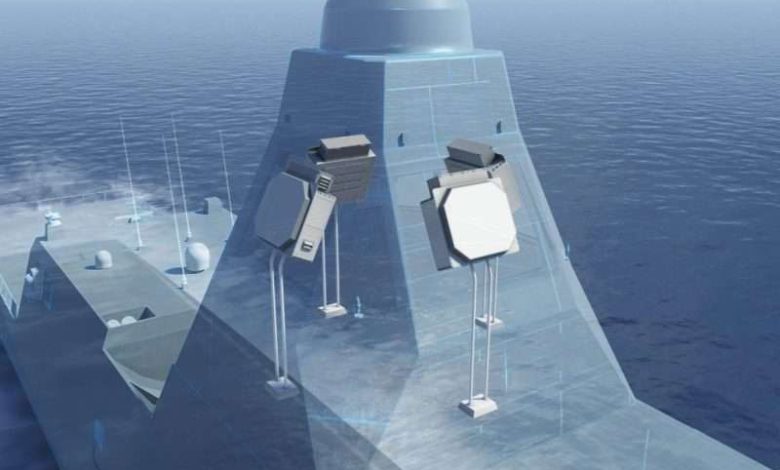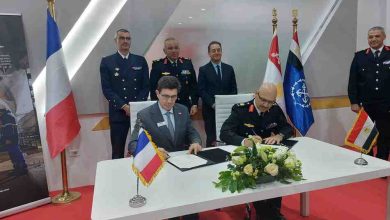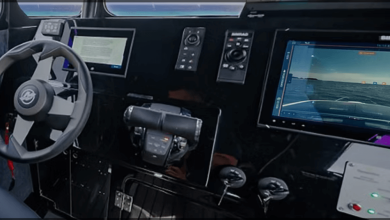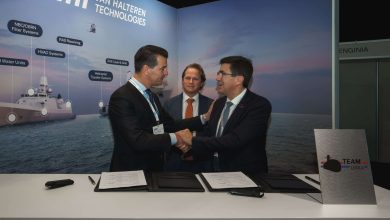
Thales Unveils Cutting-Edge Sea Fire Radar System Equipped with Active Antenna for France’s Next-Gen FDI Frigates
Thales has provided the inaugural digital Sea Fire radar for integration into the French Navy’s foremost Defence and Intervention Frigate at Lorient.
This represents a significant achievement in the FDI program, following seven years of development, aligning with the initial timeline set by the French defence procurement agency.
The Sea Fire stands as the latest evolution in solid-state modular multifunction radar technology, featuring a four-panel AESA1 antenna that simultaneously conducts long-range aerial and surface surveillance, as well as fire control, safeguarding the French frigates against a variety of threats within intricate environments.
Initiated in 2014, the first of five Sea Fire AESA digital radars intended for the French Navy’s upcoming Frégate de Défense et d’Intervention (FDI) was delivered to the Lorient shipyard on April 27th, 2021, for integration into the first ship.
Modern maritime forces are contending with swifter, more agile, and increasingly sophisticated threats. Vessels require protection from traditional ballistic or aerial threats, surface and asymmetric dangers, as well as from rapid and overwhelming assaults. Concurrently, they must accommodate reduced crew specifications, the necessity for enhanced maintenance, and crucial cybersecurity mandates.
Sea Fire emerges as the preferred solution for commanders tasked with ensuring vessel survivability amid a swiftly diversifying range of threats. With its fully solid-state four-panel AESA antenna, Sea Fire is capable of concurrently detecting air and surface targets, scanning an expanse of several hundred square kilometers with 360° azimuth coverage, 90° in elevation, and an unparalleled refresh rate.
This digital radar epitomizes technological advancement and leverages Thales’s extensive expertise in Big Data and cybersecurity. Future software enhancements will further elevate the product’s performance and operational readiness throughout its lifespan. The massive amount of data produced by each panel—approximately one terabit per second—can be processed using sophisticated algorithms to fine-tune the radar’s efficiency specific to its operational context. This new AESA fixed-array radar delivers double the operational reliability compared to prior-generation radar systems that utilized mechanically scanned antennas.
Manufactured in Limours, near Paris, and involving a network of French small and medium enterprises, the Sea Fire entered production in May 2018 and successfully passed its initial qualification assessments by late 2020. In spite of challenges posed by the Covid-19 pandemic, Thales adhered to the original planned schedule, delivering the first of five Sea Fire radars punctually to the Lorient shipyard for integration.
“Leveraging over 70 years of expertise in surface radar technology, the Sea Fire is engineered to assist navies in countering all forms of threats, from sluggish targets to supersonic missiles. Thales takes pride in being part of the future FDI frigates with a digital radar that endows modern frigates with the same capabilities and effectiveness as a destroyer, ensuring commanders can execute their missions with maximum safety,” stated Rémi Mongabure, Bids Director for multifunction radars at Thales.
1Active Electronically Scanned Array







